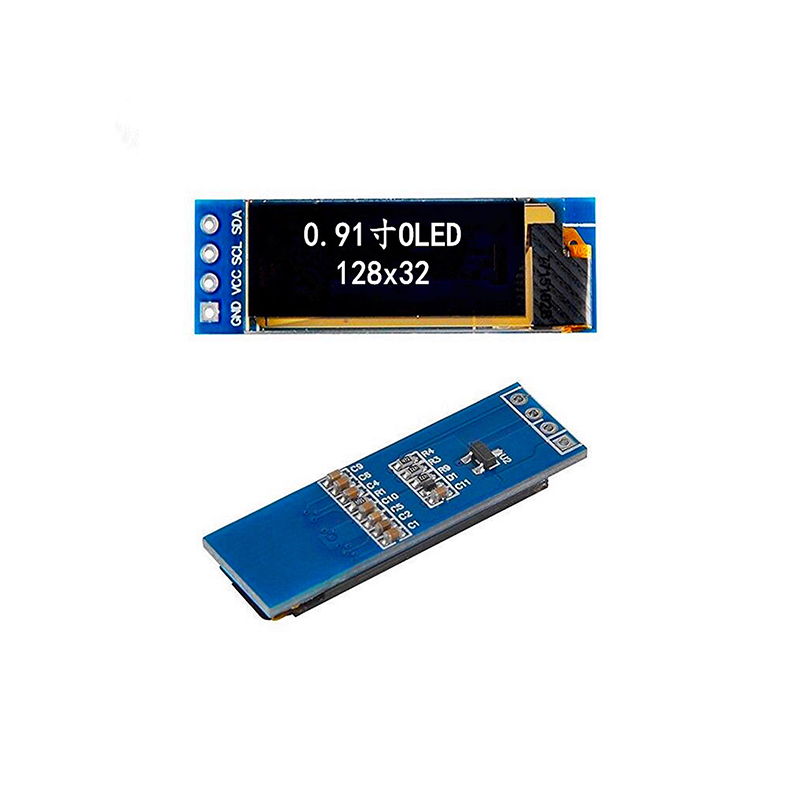
This article provides a comprehensive overview of 2.4-inch OLED products, examining their features, applications, and market landscape. We'll delve into the advantages of OLED technology in this size range, explore various product types, and discuss factors to consider when selecting a 2.4-inch OLED product for your specific needs. Discover the key differences between various models and find resources to help you make an informed decision.
The 2.4-inch OLED display market offers a compelling blend of size, resolution, and power efficiency. OLED technology inherently provides superior contrast ratios, deeper blacks, and wider viewing angles compared to traditional LCD displays. This makes them ideal for applications requiring vibrant visuals and excellent readability, even in challenging lighting conditions. The smaller size makes them perfect for portable and embedded systems. When choosing a 2.4-inch OLED product, factors like resolution (measured in pixels), brightness (measured in nits), and power consumption are crucial considerations. You'll find a variety of options to suit different applications and budgets.
Smartwatches and fitness trackers frequently utilize 2.4-inch OLED products due to their energy efficiency and excellent image quality. The vibrant colors and sharp text make user interfaces highly intuitive and easy to read. The compact size is also perfectly suited to the form factor of these devices.
2.4-inch OLED displays find their place in industrial control systems, handheld devices, and portable equipment. Their robustness and readability in varying lighting conditions are valuable assets in these environments. The low power consumption is also a significant advantage for battery-powered applications.
Some portable medical devices incorporate 2.4-inch OLED displays. The clear, easily-readable displays improve usability and patient care. The compact design allows for integration into smaller, more portable devices.
Selecting the appropriate 2.4-inch OLED product hinges on several factors. Consider the resolution required for your application, the desired brightness levels, and the operating temperature range. Power consumption should also be a key consideration, especially for battery-powered devices. Different manufacturers offer diverse specifications and features, so comparing multiple options is crucial. For large-scale projects, partnering with a reputable display manufacturer like Dalian Eastern Display Co., Ltd. can ensure access to high-quality components and expert support.
It's difficult to provide a detailed comparison of every 2.4-inch OLED product on the market without specifying exact models. However, the following table highlights some general specifications and considerations:
| Feature | Typical Range | Considerations |
|---|---|---|
| Resolution | 240x240 to 480x480 pixels | Higher resolution provides sharper images and text. |
| Brightness | 100 to 500 nits | Higher brightness is beneficial in direct sunlight. |
| Power Consumption | Varies greatly depending on brightness and features | Lower power consumption extends battery life. |
| Operating Temperature | -20°C to +70°C (typical range) | Choose a display with an appropriate temperature range for your application. |
Remember to always consult the manufacturer's specifications for precise details on individual 2.4-inch OLED products. Different models will offer various combinations of features and performance characteristics.
This exploration of 2.4-inch OLED products should provide a solid foundation for understanding their capabilities and applications. By carefully considering the factors outlined above, you can select the perfect display for your project.












